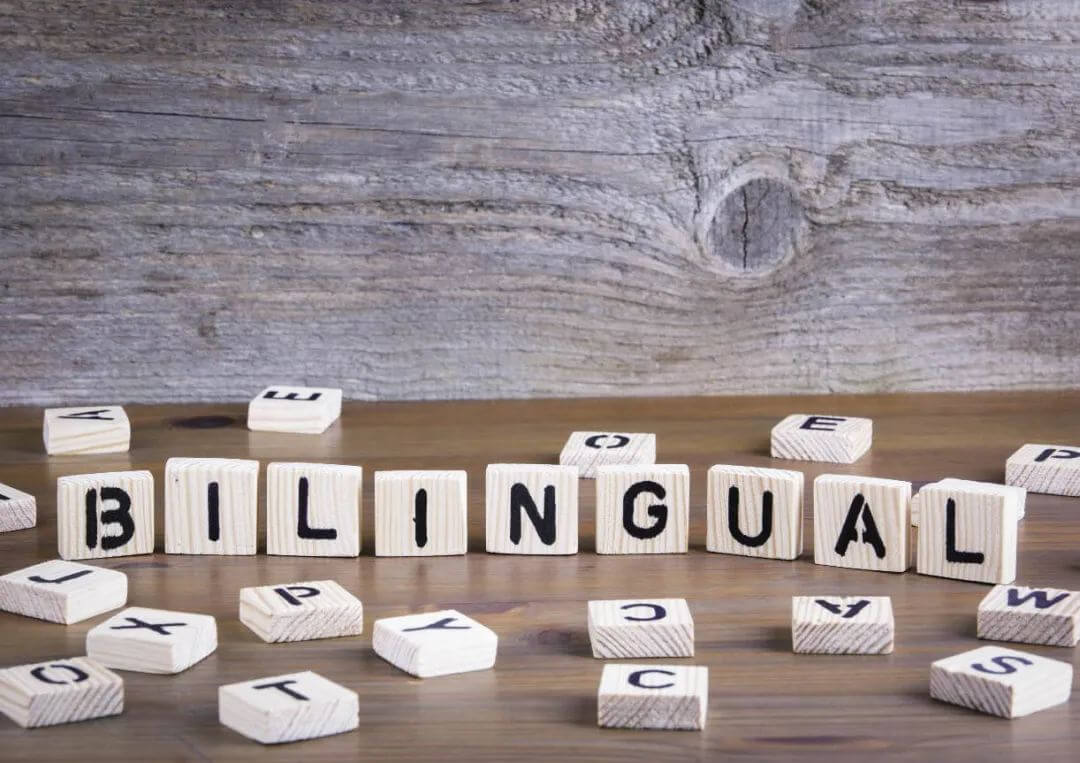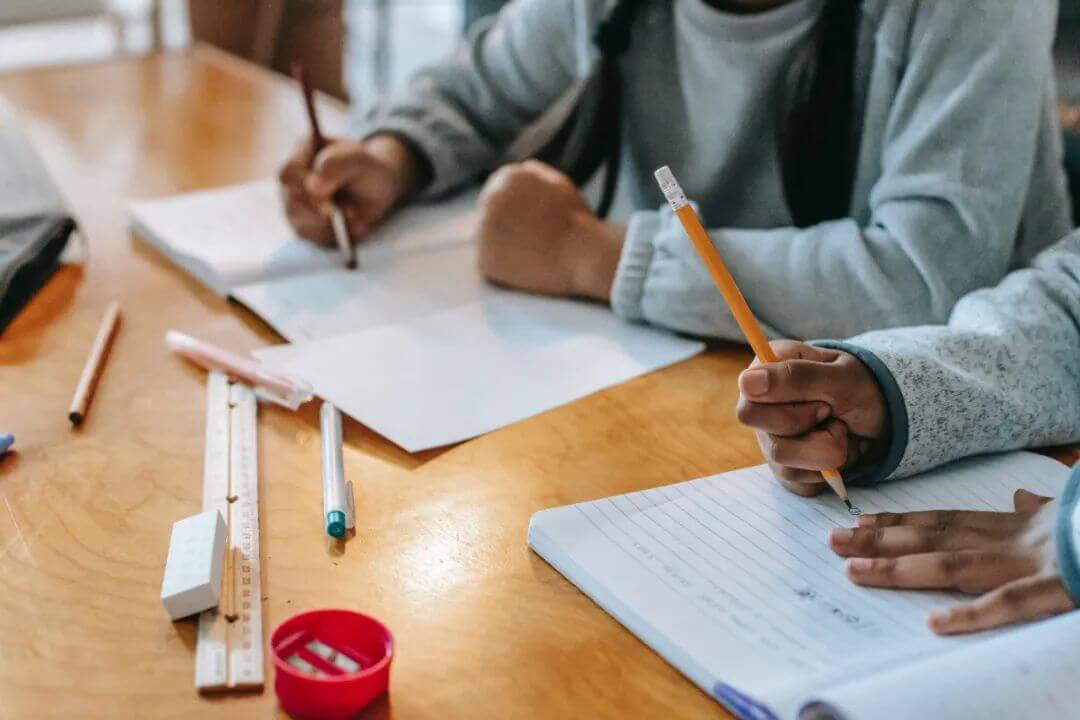
The use of two languages, Mandarin and English, for classroom instruction is the bilingual school calling card. But looking beyond language, this type of school in Shanghai is a whole category on its own. One that has undergone recent changes to curriculum and admission policies.

A bilingual school, or shuangyu xuexiao is a school that offers various national curriculums with teaching instruction done in both Mandarin and in English. So your IB Primary Years Programme science class will be in Mandarin one day and English on another.
Students of all backgrounds take the same classes together. Differing from some public schools with foreign departments that host the foreign curriculum sections in separate classrooms, all students at bilingual schools are mixed together and attend the same classes.

Both domestic and foreign curriculums are offered at bilingual schools such as Advanced Placement, International Baccalaureate, British Columbia, International General Certificate of Secondary Education (IGCSE), and Advanced Level (A-Level) secondary school curriculums that set students up to attend college abroad.
Bilingual schools also offer the Chinese National Curriculum that prepares students to take the rigorous Chinese college entrance exam, called the gaokao, and attend college domestically. Others offer a mix to keep both foreign and domestic higher education open to students by preparing them for all options.

Recently there were changes to private school curriculum requirements for Chinese passport holders. Now, all Chinese nationals regardless of school are required to take the same civics classes that are taught at public school, along with sitting the national education exams at Grade 5 and 9. The curriculum requirements affect up to Grade 9, the cap for mandatory schooling, and don’t affect high school.
Every school’s curriculum varies, so contact the school for details.
Bilingual schools are open to Chinese and foreign passport holders alike. These are private schools, so they fall under changes announced in fall 2019 related to private school entrance requirements, which International Schools are exempt from.
For prospective students, when the number of applicants exceeds the number of spots available, applicants are entered into a randomized lottery to determine who gets in. This applies to all, regardless of nationality, and is used during normal admission times for entering elementary school at Grade 1 and middle school at Grade 6.
Though, every school’s admissions process varies, so contact the school to learn more details.